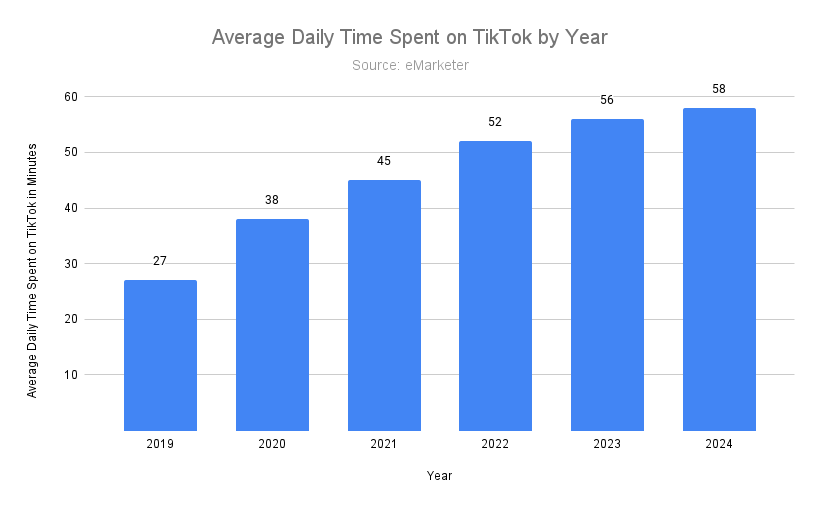Revealed documents show strategies to boost scrolling and prioritize certain content creators
By Rileigh Benson
The popular app TikTok is under fire once again after internal documents were leaked, revealing the company’s precise calculations to promote “attractive” users and keep users scrolling for hours. The strategic manipulation of an entertainment app has raised concerns about TikTok’s ethics and potential ulterior motives. These documents suggest the company is unconcerned with the harm its app causes and raises serious child safety concerns.
The problematic material was uncovered during a two-year investigation into TikTok by 14 attorney generals, leading to a lawsuit with the state of Kentucky. The lawsuit alleges that TikTok was designed to capture young people’s attention and create addiction. It also argues that the company deceived the public about the potential risks of the app. NPR reviewed portions of the lawsuit that were redacted, highlighting discussions among TikTok executives about how the app is filled with dangers for children. Although there are tools, like screen time restrictions, implemented within the app to help mitigate these issues, they have yet to prove effective.
TikTok users can become addicted to the app in just 35 minutes. With its advanced algorithm, users find the app hard to close and will engage with it more than any other app. TikTok has calculated the exact number of videos it takes for a person to become hooked: 260 videos. After that, users may find themselves stuck in an endless loop of scrolling, called “doom scrolling.” Due to the short, entertaining videos that appear immediately after each swipe, users are compelled to keep scrolling and reopening the app.
According to TikTok’s own research, “compulsive usage correlates with a slew of negative mental health effects like loss of analytical skills, memory information, contextual thinking, conversational depth, empathy, and increased anxiety,” as stated in the lawsuit. The documents also reveal TikTok’s awareness that “compulsive usage also interferes with essential personal responsibilities like sufficient sleep, work, school responsibilities, and connecting with loved ones.”
TikTok introduced a time-limit tool to “improve public trust,” not to restrict usage. Unredacted documents showed that TikTok employees were aware that excessive social media use could harm teenagers’ mental health. However, after introducing the time-limit tool, TikTok found that it had little impact. While scrolling through TikTok, users may come across videos asking, “Are you still scrolling?” as a reminder of how much time has passed. However, these “break” videos were quickly skipped by users and were found to be ineffective.
While discussing the TikTok scandal, Delta student Avery Lehman shared her experience with the app:
“I think I’m on TikTok the most because the videos are so short it doesn’t make me realize how long I’ve been scrolling,” Lehman said. “Whereas for a YouTube video or TV show, I know how long the episode or video is, so I’m self-aware about how much time I wasted, versus when I’m mindlessly scrolling 15-second videos.”
TikTok has also been accused of lowering the visibility of users considered unattractive. The litigation against TikTok mentions the beauty filters found within the app, which use AI to alter a person’s appearance to make them look conventionally attractive. The documents show that TikTok is aware of the potential harm this could cause, especially to younger users. TikTok employees have suggested addressing the issue with a small banner pop-up that provides resources for those struggling with low self-esteem, emphasizing the importance of positive mental health and body image.
On the flip side, TikTok has been found to highlight “attractive” users. An internal report on TikTok’s For You Page algorithm found that it was populated with a “high volume of unattractive subjects.” This beauty bias was also found when investigators in Kentucky discovered that TikTok adjusts its algorithm to promote users it considers more attractive.
“By modifying the TikTok algorithm to reduce the appearance of ‘not attractive subjects’ in the For You feed, (TikTok) actively promoted a narrow beauty standard, potentially harming their young users,” Kentucky authorities wrote.



